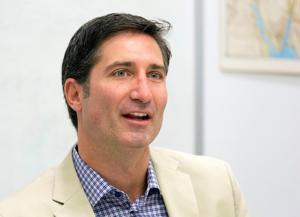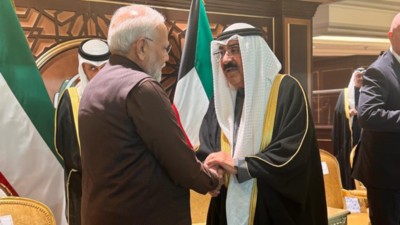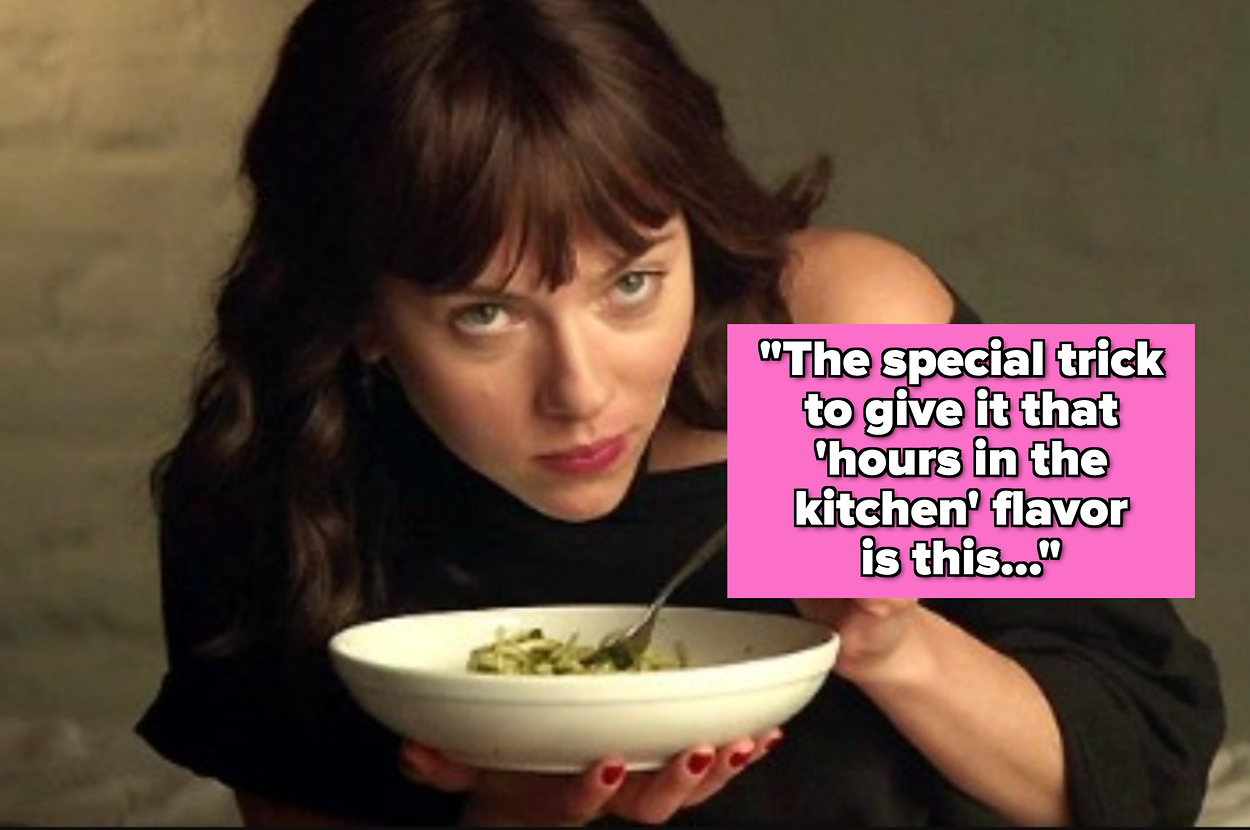To Howard Schultz, the chaos he observed at a Starbucks in Chicago one recent morning summed up the troubles of the company he long led as chairman and CEO. Commuters tumbled off trains and into a store to pick up the orders they had placed on their cellphones. Drinks weren’t ready when the mobile app said they would be.
Customers couldn’t tell which beverage was theirs. “Everyone shows up and all of a sudden we’ve got a mosh pit,” Schultz said during a June episode of the podcast “Acquired.” “That’s not Starbucks.
” Fifty-three years after its founding, the Seattle coffee giant is unhappy with what it’s become – and trying to figure out how to meet customers’ changing needs without losing its coffeehouse roots. To recapture what once made it special — and turn around — Starbucks is turning to , an experienced marketer who previously led Taco Bell and Chipotle. Niccol takes over as Starbucks’ chairman and chief executive on Monday.
With nearly 40,000 stores around the world, Starbucks feels like it’s on nearly every corner, but its premium prices are a turnoff to many customers who just want a quick jolt of caffeine, analysts say. At a Manhattan Starbucks, a medium is now almost $8. Even convenience stores like Wawa now offer great coffee, noted Chris Kayes, a professor of management at The George Washington University.
Consumers who want a higher-end coffee experience, meanwhile, are seeking out independent cafes or upscale chains like Blue B.



















